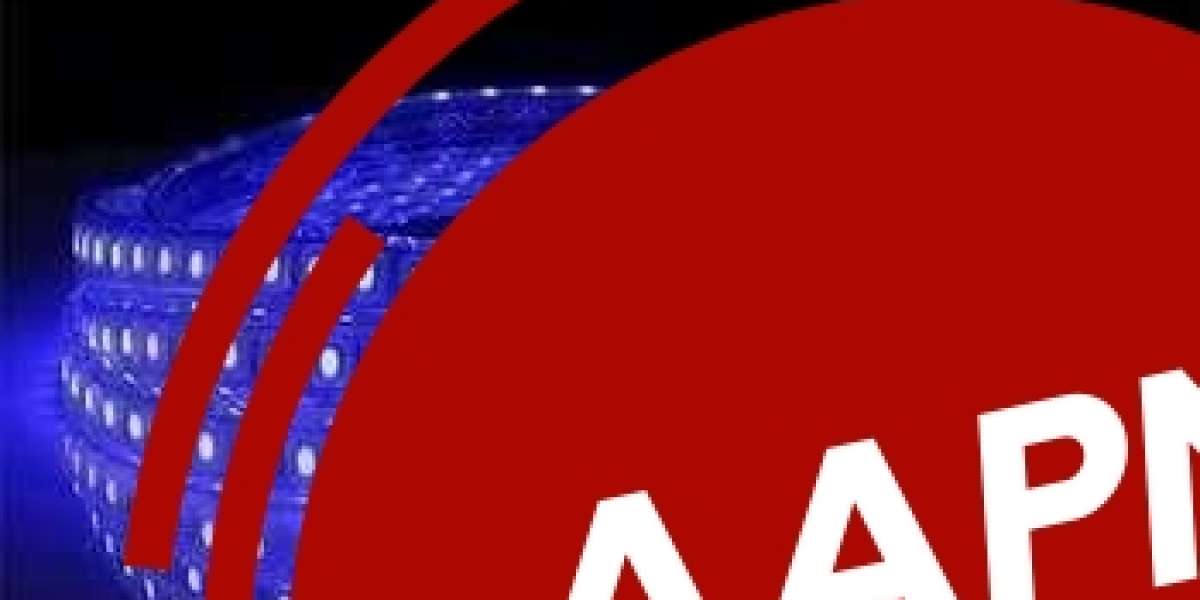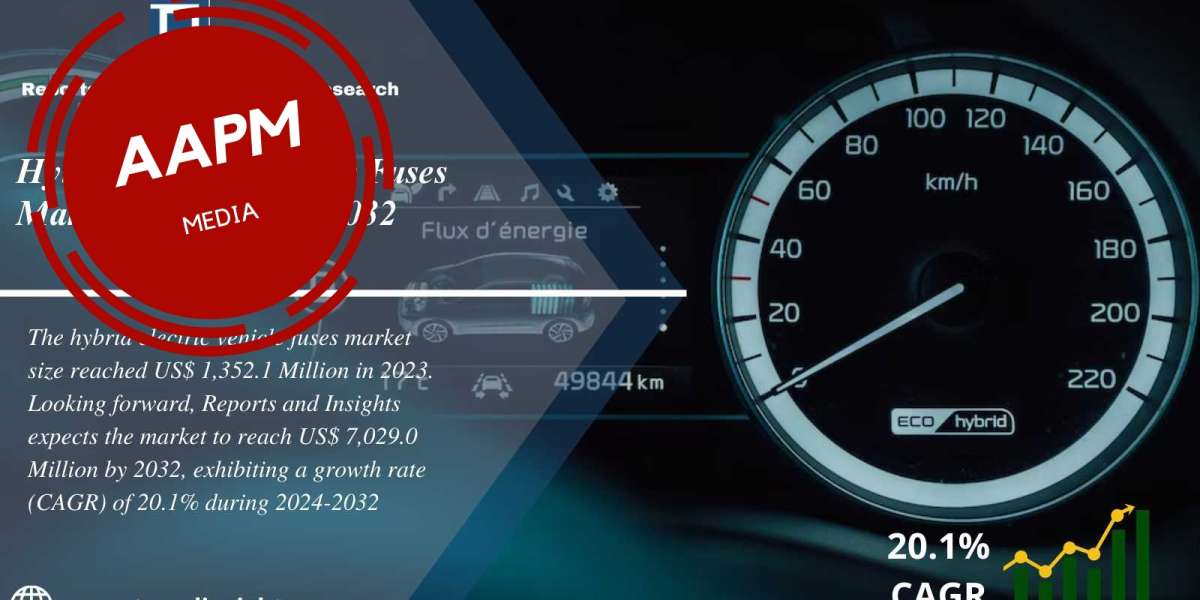If you're looking to reduce your electricity consumption and save money, low energy lighting is the way to go. But what exactly is low energy lighting, and why should you use it? In this article, we'll answer these questions and more, providing you with all the information you need to make an informed decision.
What is Low Energy Lighting and Why Should I Use It?
Low energy lighting refers to light fittings that use low energy light bulbs, consuming less electricity compared to standard light fittings. It's important to note that low voltage lighting is not the same as low energy lighting. It's worth checking out our article explaining why low voltage lighting is not low energy lighting.
There are various types of low energy light bulbs available, with the most common being LED and compact fluorescent bulbs.
Read more: What Pool Lights Work With AquaLink?
LED Bulbs
LED bulbs are versatile and ideal for various lighting purposes. Whether you need lighting for effect, such as inside a wardrobe or to highlight a shelf display, or to mark the edge of your garden decking, or even for general room lighting and outdoor spaces - LED bulbs have got you covered.
In recent years, LED lighting technology has advanced rapidly, making it suitable for most lighting requirements. Though there are a few cases where the right product isn't available yet, these instances are rare.
Compact Fluorescent Bulbs
Compact fluorescent bulbs used to be the go-to choice for general lighting due to their high light output, up to 80% less power consumption compared to incandescent bulbs, and low heat generation. However, LED lighting has now surpassed compact fluorescent bulbs in terms of energy efficiency and light output.
Read more: How to Wire a Solar Panel to an LED Light
Why Should I Use Low Energy Lighting?
Aside from the obvious benefit of saving money on electricity bills, using low energy lighting has an eco-friendly impact. By using less electricity, power stations burn less coal and gas, resulting in reduced carbon emissions. This has a positive effect on the environment.
If you're building a new home or extending your existing one, you may be required to install low energy lighting according to building regulations.
Dedicated Low Energy Lighting
Going beyond the use of low energy light bulbs, you can opt for dedicated low energy light fittings. These fittings only accept low energy light bulbs, making it physically impossible to install a normal incandescent bulb due to the different type of connection in the lamp holders.
Some building regulations may mandate the use of dedicated low energy lights, so it's advisable to confirm this requirement with your local building control officer. There are various types of lamp holders and lamp caps exclusively used for low energy light bulbs. To get a better understanding of these variations, you can refer to our page showcasing the different types commonly in use today.
Read more: How To Seal Pool Light Cable?
Where Should I Use Low Energy Lighting?
Ideally, low energy lighting should be used everywhere. However, there are still a few limitations to consider. For instance, many current low energy lights, like several LED bulbs, are not dimmable like standard lights. If you require the ability to reduce the level of lighting in a room (and can't simply turn some lights off), then some low energy lighting options may not be the best choice.
If dimming is a requirement, make sure to purchase dimmable light bulbs along with a compatible dimmer.
How Do I Use Low Energy Lighting?
Using low energy lighting is as simple as installing any other light fitting. No extra wiring or equipment is necessary. However, it's always recommended to hire a qualified electrician for the installation, as with any electrical work.
Where Can I Buy Low Energy Lighting?
You're in luck! Browse our wide selection of low energy products using the menus at the top left of this page. My Green Lighting is the leading retailer of low energy light fittings and LED light bulbs in the UK.
Frequently Asked Questions
1. Are LED bulbs suitable for all types of lighting?
Yes, LED bulbs are great for various lighting purposes, including effect lighting, general room lighting, and outdoor spaces. However, there are still a few exceptional cases where LED bulbs may not be the ideal choice.
2. Are compact fluorescent bulbs still a good option for general lighting?
While compact fluorescent bulbs used to be popular for general lighting due to their energy efficiency and light output, they have been surpassed by LED lighting in recent years. LED bulbs are now a better choice as they consume less power and produce similar levels of light.
3. Can I use low energy lighting if I need to dim the lights?
Many low energy lights, including some LED bulbs, are not dimmable like standard lights. However, if dimming is necessary, you can purchase dimmable light bulbs along with a compatible dimmer.
4. Do I need a qualified electrician to install low energy light fittings?
Though installing low energy light fittings is similar to any other light fitting, it's always recommended to hire a qualified electrician for the installation, ensuring safety and compliance with electrical standards.
5. Where can I buy low energy lighting products?
Look no further! My Green Lighting is the leading retailer of low energy light fittings and LED light bulbs in the UK. Simply browse our wide selection of low energy products using the menus at the top left of this page.







